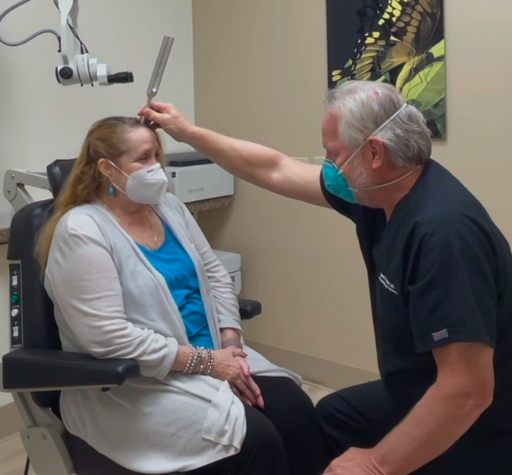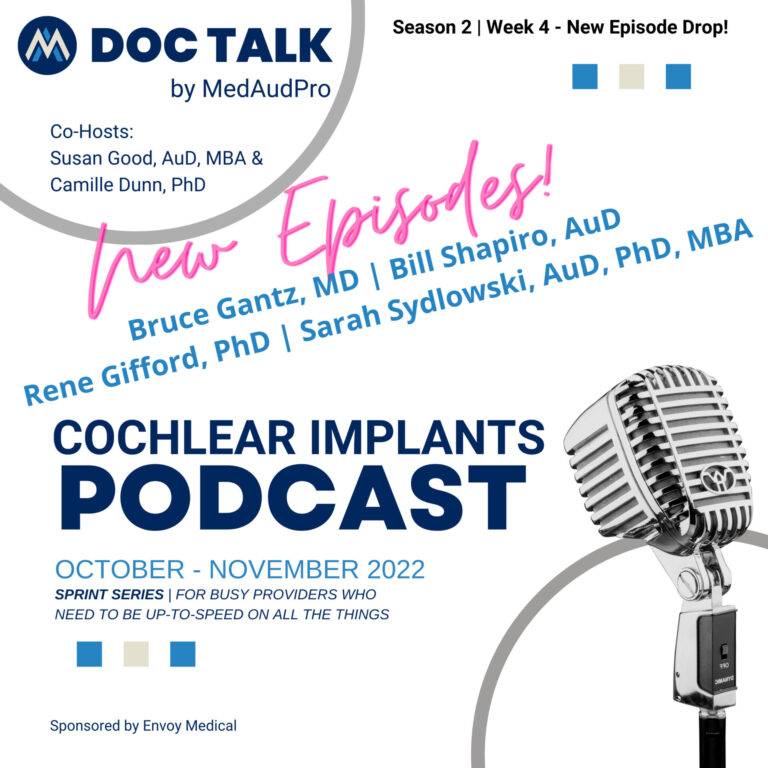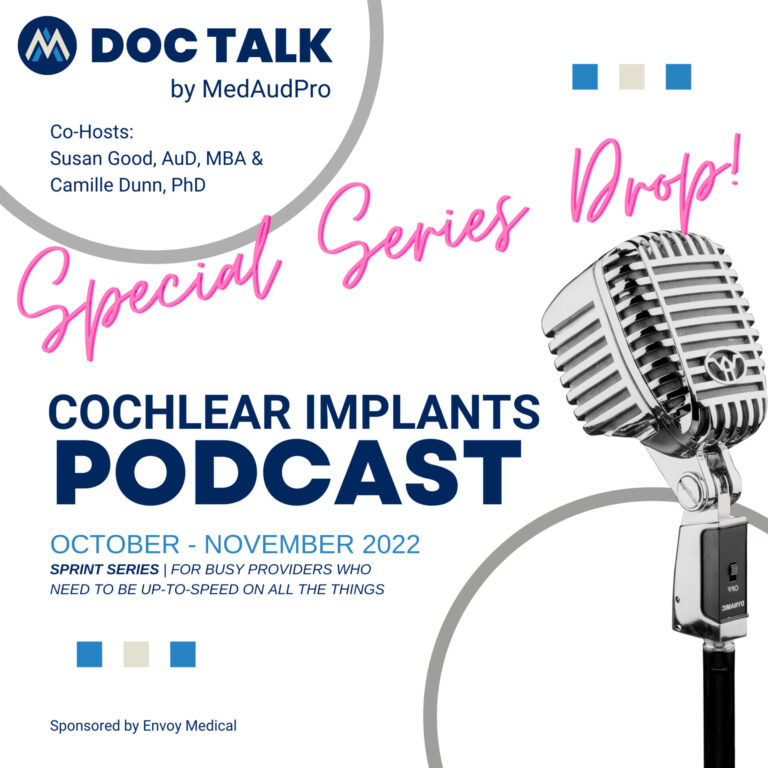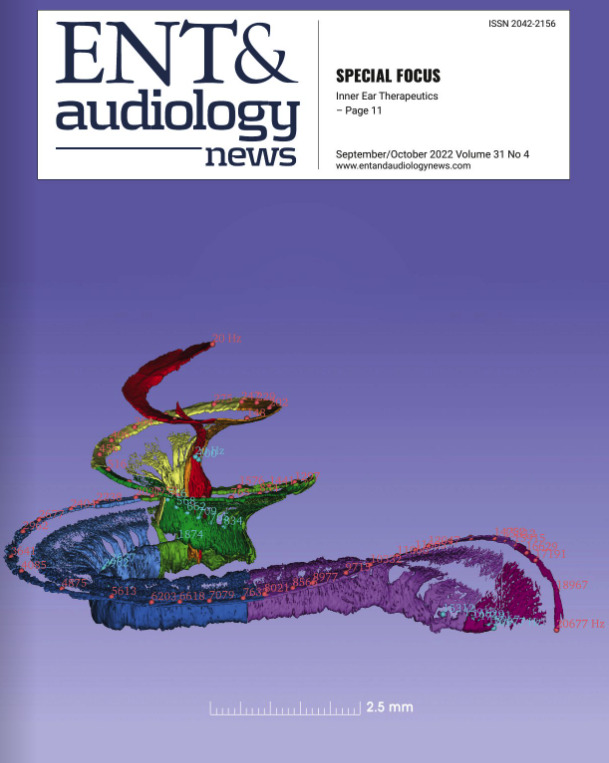Tuning Fork Testing – Is it still applicable in today’s clinical protocol?
Many of you have probably seen one of the ENT physicians, physician assistants or nurse practitioners in your practice perform the Tuning Fork Test (TFT) during their physical examination of a new patient or a patient with a primary complaint that has to do with the ear or hearing. It looks just like it did the day you learned about it in grad school – you see the provider hitting a tuning fork on their knee, elbow, and maybe even their head (it is done, I promise you) and then they place the end of it somewhere on the patient, to see where they hear the sound. As an audiologist, although I studied TFT, I always have put more value on audiometric testing, and didn’t really give tuning forks their dues. So why would anyone want to use a TFT? This became a lot clearer when I started practicing audiology in ENTAAF in south Florida. That was the beginning of the realization in which I continue to be reminded, over this 36-year ENT-audiology journey, of how we need to use all the tools in our tool belt.
In our practice, we see patients that have been to the ER that haven’t been diagnosed or have been misdiagnosed when it comes to hearing loss.
A Tale as Old as Time.
How many times have you seen a patient that told you they went to the ER because they lost their hearing? Had a change in hearing? Or were dizzy? When they finally arrive at your ENT practice, and you ask what was wrong, they report they had a middle ear infection. However, after the round of antibiotics and decongestants, they still feel like their hearing isn’t any better, so they thought they would follow up with the ENT physician. The majority of time, the patient has already waited several weeks or months before they decided to come in for the appointment. When they arrive, the ENT completes a simple TFT and finds immediately that the loss is most likely not conductive in nature.
So, it makes you think, are there other medical providers that could provide better patient care if they knew how to perform a TFT?
In talking with a number of our otologists and general ENT providers, it’s a common frustration. Many voiced that if ER providers had performed a simple TFT, they would have made a different diagnosis! They could have treated the patient for sudden sensorineural hearing loss, referred them more urgently and the likelihood of the patient regaining some, if not all, of their hearing would had been a greater possibility.
So, let’s think about it from inside our own house – within the ENT practice. What is the benefit of the ENT physician and other providers doing a TFT when they have audiology available to them and they indeed intend to order an audiological workup?
I recently sat down with our neuro-otologist, Mark Widick, MD, FACS and posed the question:
“What are the benefits of performing a TFT when you have an audiogram in front of you?”
” When I was at Vanderbilt, all the audiologists did TFTs as part of their workup. The TFT would help them understand if they might have a conductive component prior to starting the testing. It helped them pick what ear to begin in, sometimes what test to start with and also sometimes they would ask different or more detailed questions. Would this not help you have more confidence in your results, especially when they are not necessarily following the pattern of hearing loss that you expected to see?
As a physician, it allows me to confirm that what I see on the audiogram is consistent with what I am hearing from the patient and finding during my TFT testing. I’m looking for consistency for diagnosis and treatment plan.
By using multiple placement sites for a Weber; forehead, mastoid, and front incisors, typically with a 512 Hz tuning fork, you can again see the consistency or inconsistencies between the placements, which when dealing with bilateral conductive hearing loss with possible masking dilemmas, gives you added confidence!
Many times, the TFT will be the final confirmation for which ear I consider performing surgery on first, in the case of bilateral involvement, i.e., typically selecting the ear with the best bone line that I see on the audiogram and again has been confirmed with the TFT.
Sometimes the things we do are more for the patient than for us providers. Many times, the patient has an ah-ha moment when I put a tuning fork on the mastoid or teeth and an ear that the patient considered “dead” or “of no use” all of the sudden can “hear”. This helps open them up to different treatment options, where they may have not been in a place where they would had truly considered them without the experience.”
As we continued our conversation, Dr. Widick asked me to put myself in his shoes, the shoes of the surgeon, and it quickly gave me insight into why they SHOULD be validating the audiogram. If I was the surgeon, and there was a simple way to back up the results of the audiometric battery, which can reveal conflicting results particularly when there is disease, I would feel it was my responsibility to do so. Also, as providers, we want our patients to trust that we are aligned as a team and working toward the most positive outcome possible.
Ultimately, the physician performing the TFT had nothing to do with his trust in my ability as an audiologist nor was it a dispute that the TFT was a more scientific approach to the assessment and diagnosis of hearing loss. More holistically, as a physician that is getting ready to take a patient into surgery, it was about knowing that he did everything to confirm that the results were aligned, and the procedure was truly indicated.
Not every patient will need a TFT; however, for many it may be the final piece of the puzzle that confirms results and assures the provider that their medical or surgical treatment plan is the best path for the patient.
A big thank you to Dr. Mark Widick for his time and insight. Check out the “Under the Microscope” presentation for great information and discussion of the TFT.
About Mark H. Widick, MD, FACS
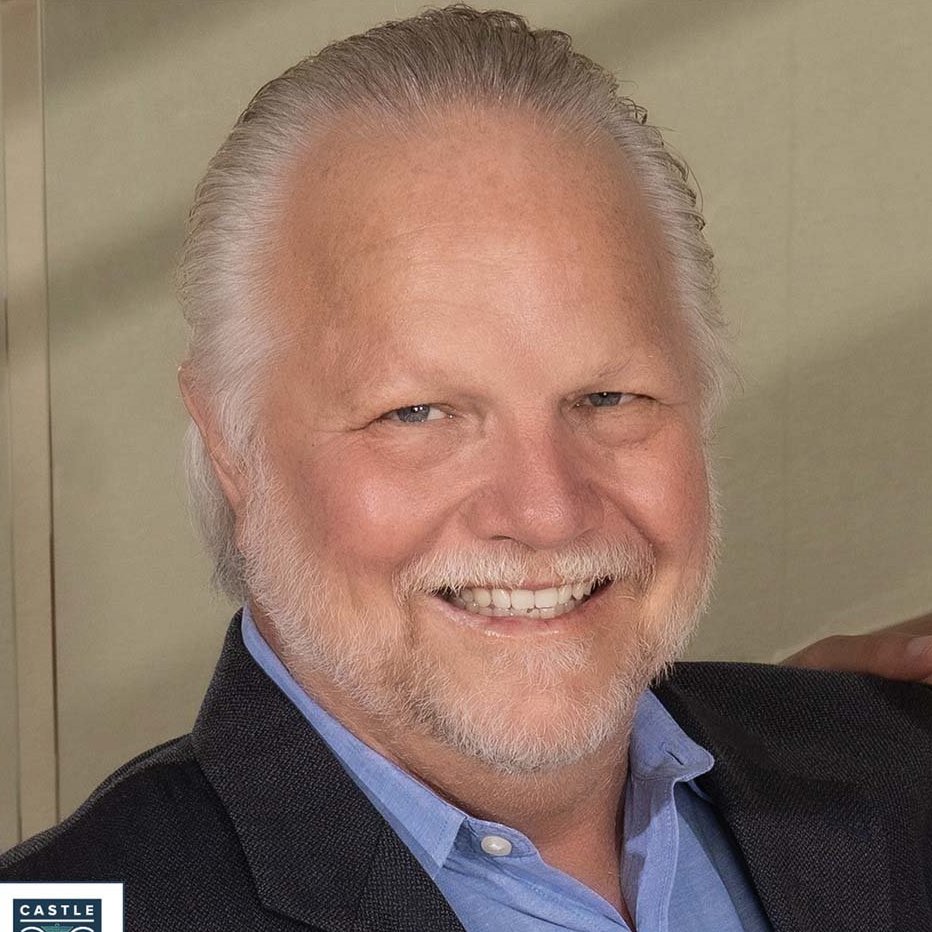
Dr. Mark H. Widick graduated from the University of Florida School of Medicine in Gainesville, FL in 1987. He completed his general surgical residency and otolaryngology residency at Vanderbilt University and completed a fellowship in Otology and Neurotology under Dr. Michael Glasscock at The Otology Group. Dr. Widick is Board Certified by the American Board of Otolaryngology.
Dr. Widick has served as President of the EAR Foundation of Florida and Delegate to the Board of Governors at the American Academy of Otolaryngology – Head and Neck Surgery.
He is actively involved with the American Academy of Otolaryngology – Head and Neck Surgery, the Florida Medical Association and the Palm Beach County Medical Society. He is currently the President of the Florida Society of Otolaryngology – Head and Neck Surgery. Dr. Widick has lectured at numerous conferences and has published in several medical journals. He has also served on the faculty of Vanderbilt University as a Clinical Instructor in the Department of Otolaryngology.


